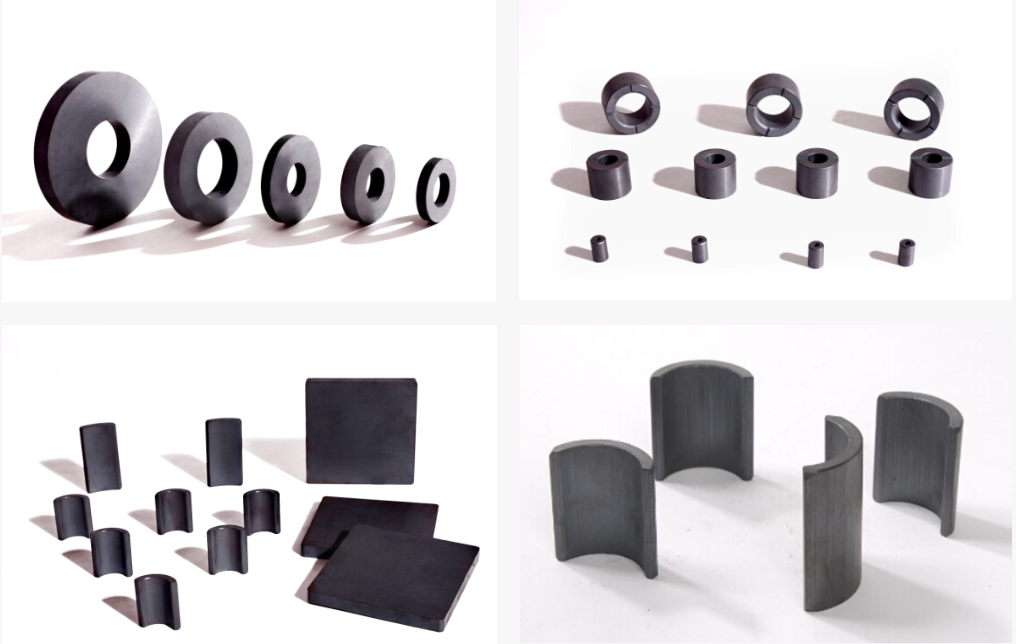
Isotropic and anisotropic magnets are two different types of ferrite magnets with different properties and applications. These magnets are widely used in a variety of industries, including automotive, electronics, and industrial manufacturing. Understanding the differences between isotropic and anisotropic magnets is important in selecting the correct magnet for a specific application.
An isotropic ferrite magnet is a magnet that has the same magnetic properties in all directions. They are typically formed using a dry or wet pressing process, which produces randomly arranged magnetic fields. This means that isotropic magnets have relatively weaker magnetic fields compared to anisotropic magnets. However, they are less expensive and more readily available, making them suitable for less demanding applications such as refrigerator magnets and magnetic toys.
On the other hand, anisotropic ferrite magnets are magnets with preferred magnetization directions. This is achieved by applying a strong magnetic field during the manufacturing process, which aligns the magnetic domains in specific directions. As a result, anisotropic magnets have stronger magnetic fields and are better suited for high-performance applications such as electric motors, sensors, and medical devices.
The main differences between isotropic and anisotropic magnets are their magnetic properties and manufacturing process. Isotropic magnets have a random magnetic field and are less powerful, while anisotropic magnets have a preferred direction of magnetization and are stronger. Additionally, anisotropic magnets are generally more expensive and may require specialized manufacturing techniques.
In summary, the difference between isotropic magnets and anisotropic magnets lies in their magnetic properties and applications. Isotropic magnets have a random magnetic field and are less powerful, making them suitable for simpler applications. Anisotropic magnets, on the other hand, have preferred magnetization directions and are more powerful, making them suitable for high-performance applications. Understanding the differences between these two types of magnets is critical to selecting the correct magnet for a specific application.
Post time: Jan-03-2024

